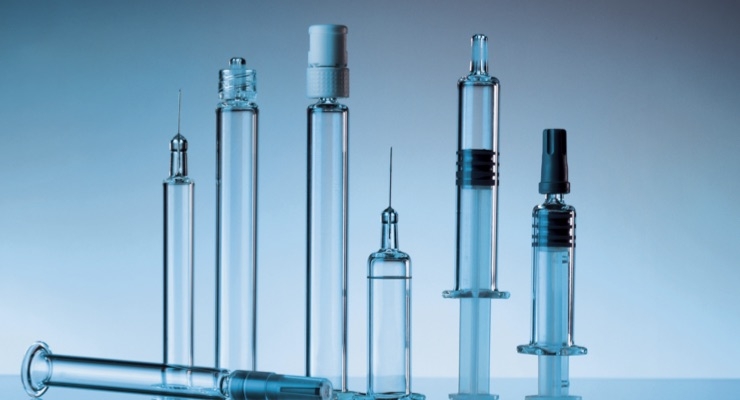Prefilled syringes have seen tremendous growth in the pharmaceutical in recent years. They offer numerous advantages over traditional vial and syringe packaging and as a result, their use continues to expand into new drug categories.
Introduction
Prefilled syringes are medical syringes that come already filled with a dose of medication ready for injection. They eliminate the need for drawing up and measuring out doses from a vial. This reduces the risk of dosing errors and contamination during the filling process. Prefilled syringes provide precision, safety and convenience for both healthcare providers and patients.
History
While glass syringes for manual filling have been used since the 1850s, the concept of prefilling syringes emerged in the mid-20th century. Early prefilled syringes were primarily used for vaccines and small molecule drugs. However, in recent decades their use has grown exponentially thanks to advancements in injection molding, component materials and filling technologies. Now prefilled syringes are even being used for large molecule biologics like monoclonal antibodies which traditionally could only be administered via vials.
Advantages Over Vials
Patient Safety And Compliance
Prefilled Syringes reduce dosing errors compared to manually filled syringes as the dose is already measured out. They also eliminate the risk of contamination during transfer from a vial. This improves safety. Additionally, prefilled syringes can incorporate automatic needle retraction or needle shielding to prevent needlestick injuries to healthcare workers. Ease of use also drives better patient compliance with prescribed treatment regimens.
Manufacturing Benefits
Prefilled syringes allow for automated high-speed filling and assembly lines. This improves manufacturing efficiency and throughput compared to manual vial filling. It also increases serialization capabilities to help combat counterfeiting. Integrated seals provide a tamper-evident solution while syringe materials are optimized for drug compatibility and stability.
Formulation Flexibility
Innovations in injection molding and elastomer components have enabled prefilled syringes to deliver both small and large volume parenteral formulations including highly viscous products. New designs accommodate drug suspensions and lyophilized drugs that can be reconstituted prior to injection. This expands the types of drugs that can utilize prefilled syringes.
Challenges and Solutions
Stability Testing Requirements
The configuration of a Prefilled Syringes as a drug-device combination requires extensive stability and characterization testing under ICH guidelines. Testing protocols must demonstrate a drug’s compatibility with elastomer components and retention of physical and chemical properties over the proposed shelf life. This level of data is more complex than for vials alone. Advanced analytical methods and modeling help meet these requirements.
Scale-Up Considerations
Moving a drug from clinical trials to commercial launch in prefilled syringes requires scale-up of filling lines, vast raw material supply and optimization of the assembly and packaging process – all while ensuring product quality. Careful planning, qualification of equipment, process validation and supply chain management abilities are crucial. Industry partnerships aid smaller biopharma in navigating these complexities.
Regulatory Guidelines
Global harmonization of stringent regulations for prefilled syringes as medical devices continues to evolve. Areas like human factors testing, usability studies,break force testing, and demonstrated bioequivalence add to development timelines versus vials. Understanding local requirements is key. Collaborating with health authorities aids in successful submissions and approvals.
Future Outlook
Prefilled syringes have become the primary delivery system for many biologics and vaccines, but opportunities exist to further expand their use across more drug classes. Future innovations may focus on enhanced user interfaces, combination products that integrate connected health capabilities and alternative materials that could broaden the viable product spectrum or enable new formulations like lyophilization in syringes. As technologies progress and regulatory clarity increases, prefilled syringes will likely replace many traditional vial-and-syringe packaging configurations delivering even greater benefits to patients, healthcare systems and manufacturers. Their popularity and impact across the global healthcare landscape will continue growing in the years ahead.
In conclusion, prefilled syringes have revolutionized drug delivery by minimizing safety risks while improving ease of use. With ongoing development efforts to address current challenges, their potential applications will expand further. As a versatile and patient-centric solution, prefilled syringes look poised to remain a critical part of the pharmaceutical packaging landscape.
*Note:
1. Source: Coherent Market Insights, Public sources, Desk research
2. We have leveraged AI tools to mine information and compile it




